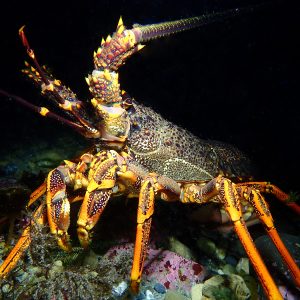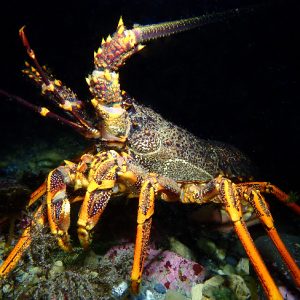New Zealand Sport Fishing Council
March 2017
Between January and March 2017 a survey was conducted to measure people’s perceptions of the state of the rock lobster (crayfish) fishery on the northeast coast of the North Island, known in management terms as CRA 2. Over 800 responses were received, with many respondents having dived or fished for crayfish for more than 20 years in the area stretching from Te Arai Point, Northland, to East Cape.
The survey was extended until 12 March 2017 to allow for responses from NZ Underwater Association members.
Survey participant experience
835 people gave valid answers to the number of years fished (dived or potted) in CRA2. There was a good spread of experience with 55% of respondents having fished for 20 years or more.

State of CRA 2 fishery
78% of 841 respondents rated the size and availability of crayfish in CRA 2 fishery at 1 or 2 out of 7, with 1 being decimated and 7 being best ever. Just 6% rated it as average and only 2% rated it better than average.
This answer was consistent across all levels of experience in the fishery, although fishers with 1 to 9 years’ experience rated the fishery slightly better than others.

The survey asked fishers their most common crayfish harvest area within CRA 2. There were 372 respondents that named specific locations in CRA 2 as their main are. These were split into a northern area (Hauraki Gulf and Barrier Islands), a central area (eastern Coromandel to Motiti Island) and an eastern area (Town Point to east Cape).
Just over 50% of respondents were from the central area and these fishers rated the fishery in a worse state than other areas.
Fishers in the eastern area rated the cray fishery slightly better, with just 62% rating it as decimated.
Future management action
The survey provided participants with a list of five possible actions available to NZSFC and LegaSea. Respondents were asked to rate, on a scale of 1 to 5, what actions they would support. 1 being strongly opposed, and 5 meaning strongly support.





There were over 800 responses to each of these questions and the average scores are plotted below.

There was strong support for asking the Minister to take action, gather more information and to start a disputes resolution process.
A surprising number of fishers also supported some form of fisheries closure to start rebuilding the CRA 2 stock.
A large number of fishers chose to complete this survey, many with long term experience in the fishery. Their detailed comments on how the fishery has changed and how it could be better managed in the future is a valuable resource that will be used when discussing the results of this survey in the future.
Legasea Team
March 2017





